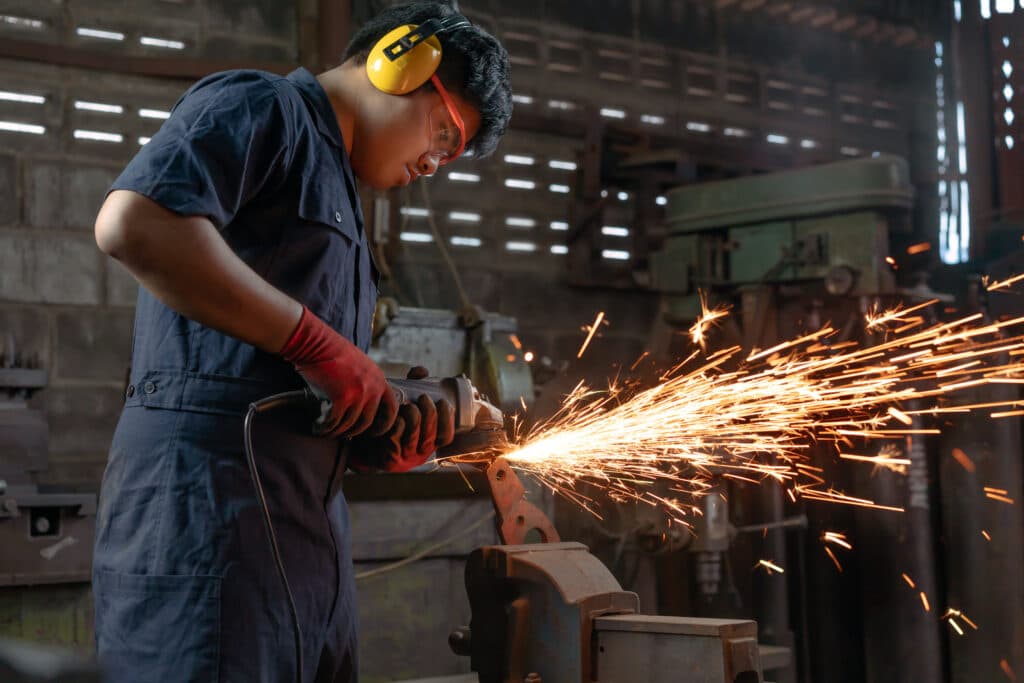In this Article

The manufacturing skills gap has become a major challenge for the manufacturing industry, and according to Deloitte, could leave as many as 2.1 million jobs unfilled by 2030.
Sourcing and hiring skilled candidates is now 36 percent more difficult than it was in 2018, resulting in manufacturers being unable to increase revenue growth and maintain production levels to meet demand.
It’s more important now than ever to be prepared for the upcoming manufacturing skills gap to meet demand and keep productivity at its peak. Read on to learn more about the strategies you can implement to shorten the skills gap to increase your workforce and revenue.
Develop an In-house Training Program
One of the main aspects that define the skills shortage is the difficulty that manufacturers have filling middle to high skilled positions, which require technical training or applied skills. For example, CNC machinists, maintenance technicians or welders and even positions that require niche and specialized skills.
Adapting to an agile organizational structure and developing an in-house training program allows you to bridge the skills gap by training employees and shaping their skills for the role. A recent study shows that almost half of manufacturing respondents are implementing processes to redeploy workers based on needs. Furthermore, the same study shows that 57 percent have training programs in place to reskill workers.
In-house training also applies to veteran workers; upskilling them in new technologies improves employee retention and job satisfaction.
Create a More Robust Apprenticeship Program
As previously mentioned, filling positions within the manufacturing industry requires a certain skill set and some positions require licensing and certifications. The Bureau of Labor Statistics shows that employees within the manufacturing industry are typically within the age range of 35 – 64, with ages 45 – 54 being the most common.
With the need for immediate skilled workers, it’s essential to create an apprenticeship program to target younger generations and bridge the skills gap right now. A strong pipeline of apprenticeships through encouraging trade-focused career paths ensures the next generation of manufacturing laborers and digital experts.
Consider one-on-one training, job shadowing and certifications with skilled members of staff.
Build Human-Machine Collaboration and Automation
Digital technologies help to boost productivity, ensuring that each team is working from accurate, centralized data. Furthermore, newer technology achieves results in a shorter amount of time for reduced costs, in comparison to hiring more staff and more space.
For example, SEAL Systems Output Management shortens the skill gap by allowing you to distribute data across your organization faster. Integrate with your current tech stack, including forms, formats, printer languages, operating systems and drivers. For engineers, this means automation of accurate documentation distribution to each relevant team.
Contact us
Fill out the form below to receive more information about boosting your company’s productivity through automation or let us know what we can do for you.